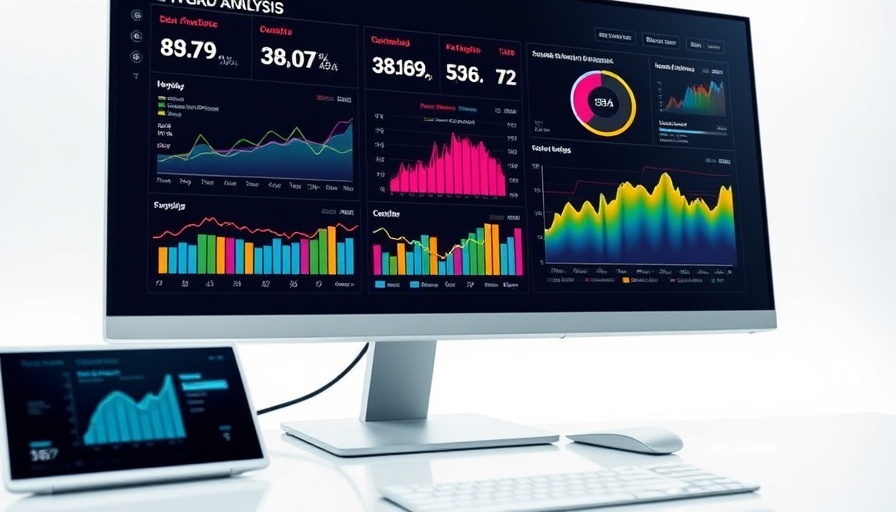
The Rise of Google Discover: A New Era in Content Visibility
As more users embrace mobile for their daily browsing habits, Google Discover is evolving into a powerful avenue for brands looking to deliver tailored content directly to their audience. Unlike traditional search engines that depend on user queries, Google Discover passively presents personalized feeds based on users' interests, interactions, and behaviors. For brands and content creators, mastering Google Discover SEO signals a transformative opportunity to reach audiences in a new way — through predictive engagement rather than reactive searches.
The Mechanics of Google Discover and Its Impact on Search
Google Discover serves a curated feed on the Google mobile app and mobile web homepage, making content discovery seamless for users. This proactive delivery system means your content can be discovered even before potential customers actively search for your offerings, thus providing brands an opportunity to engage consumers at critical touchpoints. Understanding this shift is essential for digital marketers aiming to make the most of their SEO strategies.
Critical Characteristics for Google Discover Success
To successfully position content in Google Discover, marketers must navigate its unique requirements. High-visibility content is characterized by topical relevance, freshness, rich visuals, and engagement metrics. Instead of focusing solely on keyword optimization, Google’s algorithms prioritize authority and quality. Content that captures attention often features timely news, informative explainers, and visually rich formats such as high-resolution images and videos. Authentic headlines and compelling storytelling significantly enhance the likelihood of being featured, opening avenues for sustained traffic growth.
Leveraging Predictive Analytics for Content Planning
The integration of predictive analytics can significantly enhance your content marketing strategy. By analyzing audience behaviors and preferences, businesses can create content that resonates more strongly with users. Tools like Robotic Marketer Discover empower marketers with AI capabilities, facilitating data-driven decisions that align with evolving consumer needs. By prioritizing insights from predictive analytics, businesses can strategically plan topics that not only align with user interests but also have the potential to dominate Google Discover feeds.
Actionable Insights: Optimizing for Google Discover
To elevate your content's visibility in Google Discover, consider the following strategies:
- Focus on Visuals: Make use of high-quality images and engaging videos to increase user interaction rates.
- Content Freshness: Regularly update your content to ensure it remains timely and relevant in users' feeds.
- User Engagement: Analyze and optimize for user engagement metrics such as click-through rates and time spent on page.
- Technical SEO: Enhance technical aspects like mobile usability and page load speed, as these are critical for eligibility to rank in Discover.
By mastering these elements, businesses can increase their chances of appearing prominently in Google Discover, tapping into new traffic flows and engagement opportunities.
The Future of Content Marketing in Google Discover
The digital marketing landscape is undergoing a paradigm shift with the rise of AI and data analytics. In the coming years, we anticipate that Google Discover will further refine its algorithms, enhancing personalization capabilities that place even greater emphasis on consumer behavior and preferences. Brands that adopt an agile approach, staying ahead of these changes, will be well-positioned to thrive in this dynamic environment, transforming how they engage with audiences.
Success in Google Discover SEO is tied to understanding not just what users want, but what they will want next — an ability to predict needs and interests in real-time. Embracing this proactive marketing strategy is essential for any brand that seeks to stay relevant and visible.
To explore more about how to harness Google Discover for your content strategy, stay updated with the latest insights and tools in evolving SEO trends.
 Add Row
Add Row  Add
Add 




Write A Comment